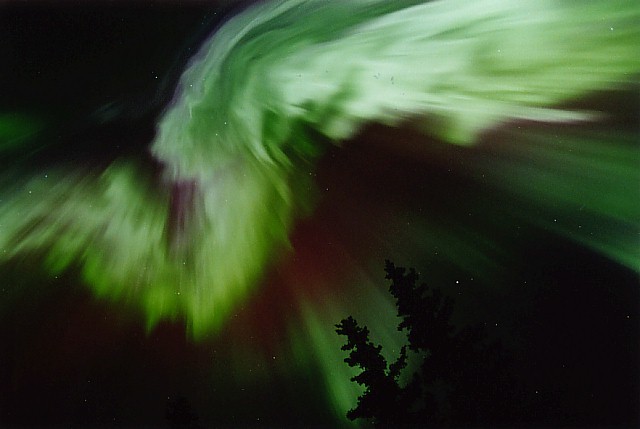
|
Explanation: Have you checked the space weather report lately? With a coronal mass ejection (CME) headed our way and an immense sunspot group tracking across the solar photosphere, skygazers should be on the alert. The interaction of clouds of energetic particles from the active Sun with planet Earth's magnetosphere often produce significant geomagnetic storms and auroral displays. In fact, just days ago on March 24, photographer Jan Curtis pointed his camera straight up to captured this awesome auroral curtain towering in clear and very cold (-25F) skies over Fairbanks, Alaska, USA. Now, forecasts indicate that a recent Earth-directed CME may also trigger moderate geomagnetic storms over the next few days. Night sky aurora, possibly extending to middle latitudes, would be most likely on March 30-31.
|
January February March April May June July August September October November December |
| ||||||||||||||||||||||||||||||||||||||||||||||||
NASA Web Site Statements, Warnings, and Disclaimers
NASA Official: Jay Norris. Specific rights apply.
A service of: LHEA at NASA / GSFC
& Michigan Tech. U.
Based on Astronomy Picture
Of the Day
Publications with keywords: aurora - coronal mass ejection - geomagnetic storm - active sun
Publications with words: aurora - coronal mass ejection - geomagnetic storm - active sun
See also:
